RTÉ Correspondent Paul Cunningham reports from Lebanon on what is known about the shooting dead of UN peacekeeper Seán Rooney in an attack that left his colleague Trooper Shane Kearney critically injured.
It was a routine run from an Irish UN base in south Lebanon to the capital's airport. Three separate investigations are now under way into what went so desperately wrong.
What's known is that eight Irish peacekeepers got into two armoured UN vehicles in Camp Shamrock, known officially as UNP 2-45, on Wednesday evening.
The standard operating procedure of the UN Interim Force In Lebanon (UNIFIL) is that the soldiers - four in each Armoured Utility Vehicle or AUV - would have flak jackets and helmets, as well as rifles.
Sometime after 9pm, the two vehicles set off in convoy. Night patrols are frequent, so the departure time was not unusual.
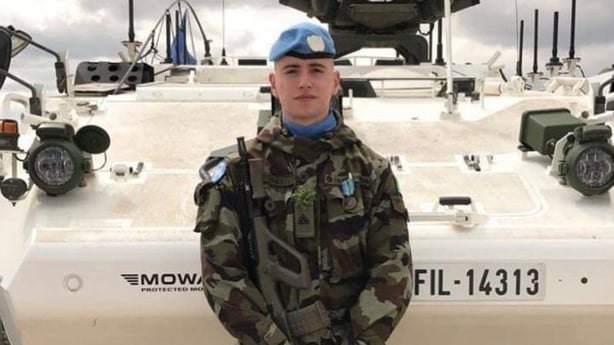
Private Seán Rooney had served in Lebanon before with the 119th Infantry Battalion in 2021. The 24-year-old returned in November of this year for a second tour of duty with the 121st.
As the convoy made its way north, somewhere between the historic coastal cities of Tyre and Sidon, the vehicles got separated.
It's unclear how or why that happened, or what navigation technology or communications equipment was being used.
However, crisis-stricken Lebanon is prone to electricity black-outs and mobile phone base station outages.
What's certain is that the vehicle Private Rooney was travelling in left the approved route to Beirut airport and instead drove into the coastal village of Al-Aqbiya.
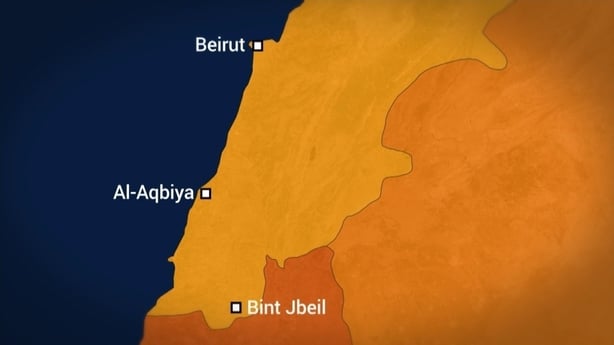
They arrived at around 11.15pm local time, as villagers were watching the France-Morocco World Cup semi-final.
From this point on, things go wrong rapidly.
It's clear that the villagers became extremely agitated at the unexpected arrival of the UN AUV and a crowd surrounded it.
While the Irish UN troops are widely respected in the areas where they work, there has been rising tension in a country where three quarters of the population lives below the poverty line.
Additionally, this was an area controlled by the Iranian-backed Hezbollah, which views the UNIFIL mission with suspicion, claiming it infringes Lebanese sovereignty by its ongoing presence.
There have been disputes and stand-offs between UNIFIL soldiers and locals in south Lebanon.
They are always dangerous given the country is awash with guns but what happened next on Wednesday night was of a completely different order.
Investigators have yet to conclude their analysis, but shaky video from the scene provides some insight.
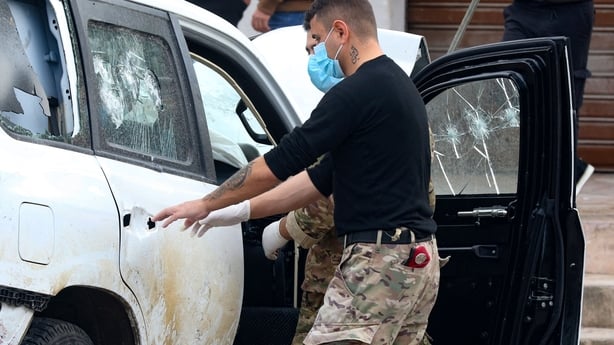
The UN vehicle apparently came under fire as the peacekeepers attempted to extricate themselves from a volatile situation and, in the violent mêlée, the vehicle crashed.
The facts have yet to be established but it's known that Private Rooney was shot in the head and killed. Trooper Kearney sustained blunt force trauma to his head and was critically injured.
How that trauma occurred is currently unknown, but he was not hit by a bullet. Nor were the other two soldiers in the AUV.
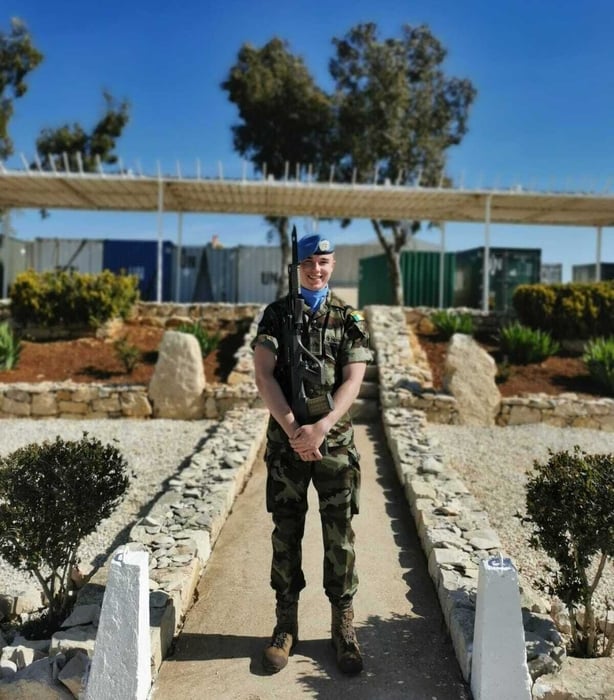
Many questions remain, such as whether the Irish contingent had had the opportunity to seek help; if the vehicle doors opened as a result of the crash; or if the peacekeepers discharged any shots.
Sources from the Lebanese investigation suggest that they recovered from the street around half a dozen shell casings from an assault rifle; that more than half a dozen bullets hit the vehicle; and the fatal shot came from the rear.
It’s expected that a considerable amount of investigators' time will be spent on trying to establish if this could have been a targeted killing - something Hezbollah denies.
While the UN vehicle's arrival into Al-Aqbiya was clearly a surprise, the subsequent attack suggested an intent to kill.
When emergency services arrived, the Irish blue helmets were rushed to Raee Hospital and then transferred to Hammoud Hospital University Medical Center in Sidon, Lebanon's third largest city.
Thankfully, two of the four Irish soldiers in the targeted AUV were only slightly injured and were discharged from hospital yesterday.
They have returned to their comrades in the Irish battalion at UNP 2-45. Trooper Kearney has been operated on but remains in a critical condition in hospital.
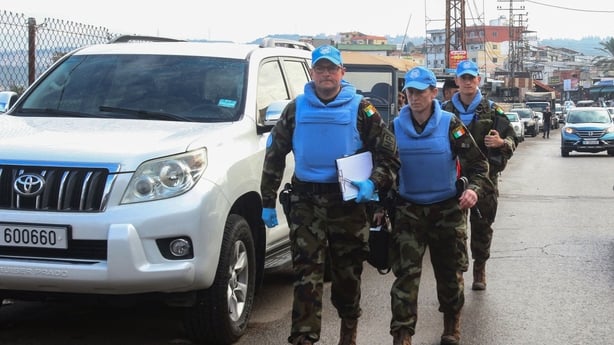
The Irish Defence Forces have sent an eight-member multidisciplinary team from Dublin.
It includes what's called the personal support services team, comprising four soldiers who are experts in critical incident response, stress management and counselling.
The wider delegation also includes three Military Police officers and a legal advisor who are charged with establishing, in as much as they can, the sequence of events.
Over the coming days, investigators from UNIFIL, the Lebanese authorities led by a military prosecutor, and the Irish Defence Forces will separately try to figure out precisely what happened.
The two slightly injured Irish soldiers, once they have recovered and are able to talk, should provide some vital clues.
The four Irish soldiers who had been travelling in the other vehicle will also have significant information.
However, Lebanon is a country in dire circumstances, and there are questions over the ability of a military prosecutor to make findings of fact in a Hezbollah-controlled district.
For its part, Hezbollah has denied any role in the attack, instead calling it an "unintentional incident" between residents and UN forces.
The newly appointed Minister for Foreign Affairs Micheál Martin has said he will reserve judgement on any Hezbollah involvement pending the outcome of the three investigations.
He declared that the Irish Government is "determined to get the truth", but also warned that getting to the truth would be "challenging".
On the latter point, no-one is going to contradict him.







